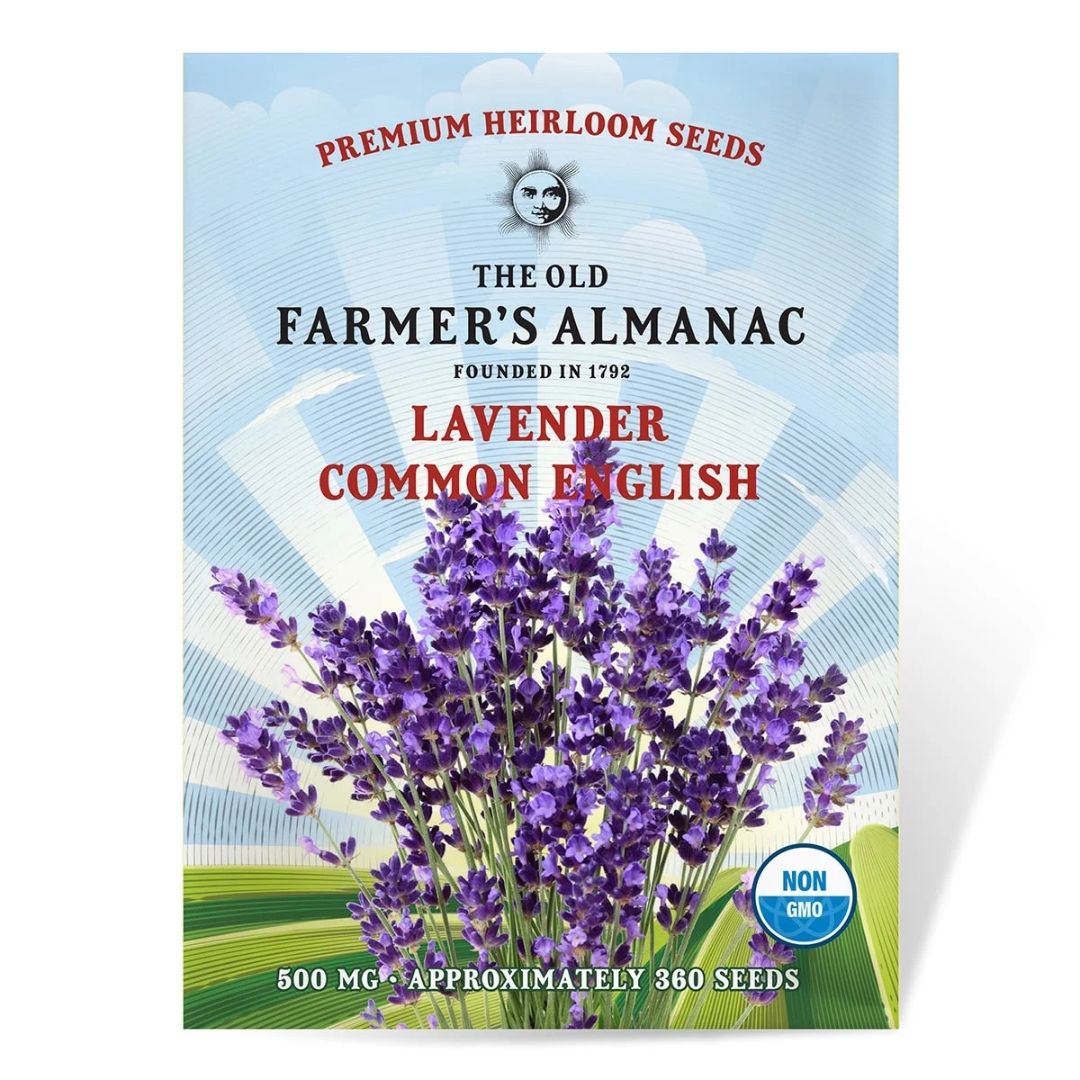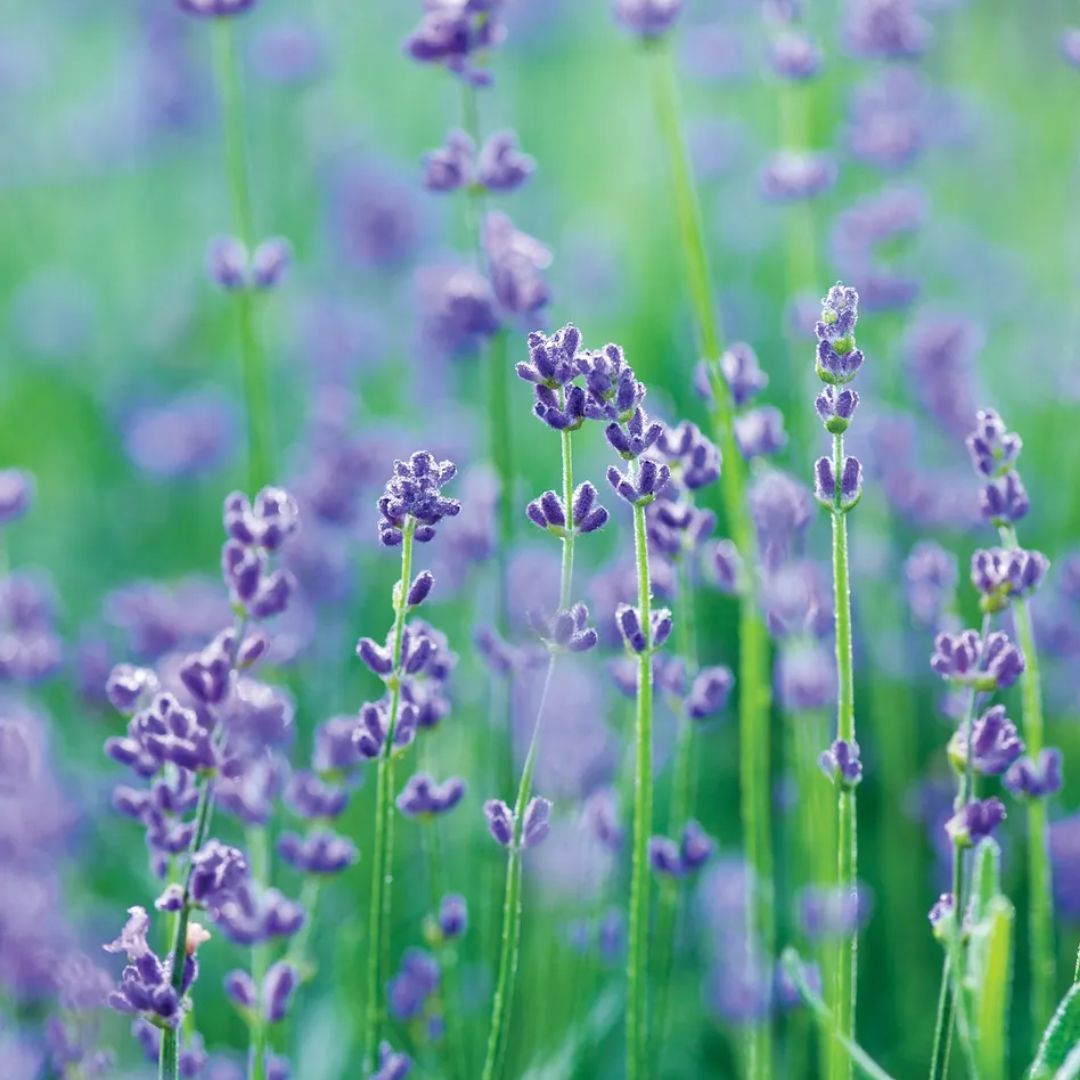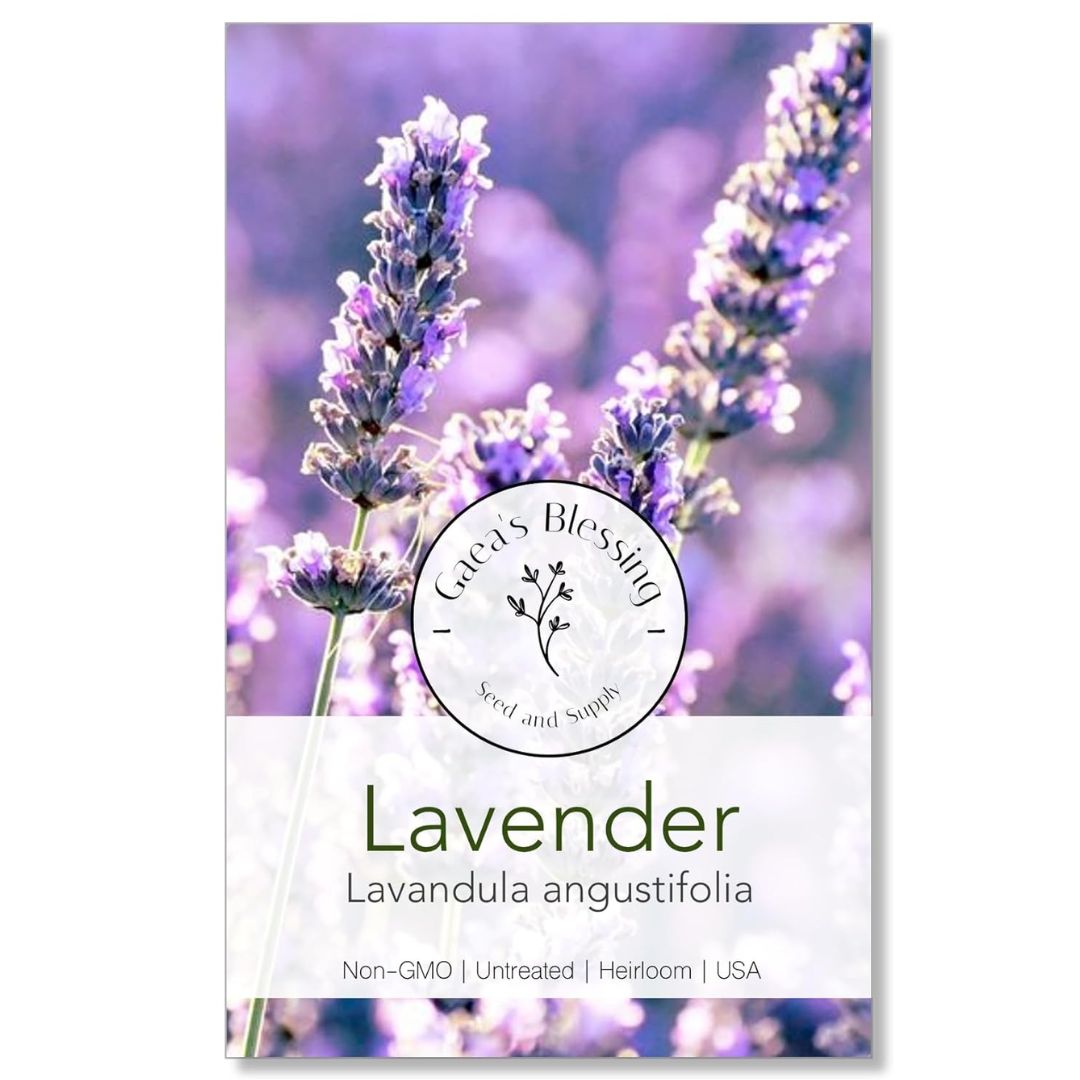Lavender Plant Care — What You Need to Do to Grow Healthy and Happy Ultra-fragrant Buds
Lavender is a relatively hardy plant, but to keep it looking its best, you'll need to know and understand the basics of taking care of it
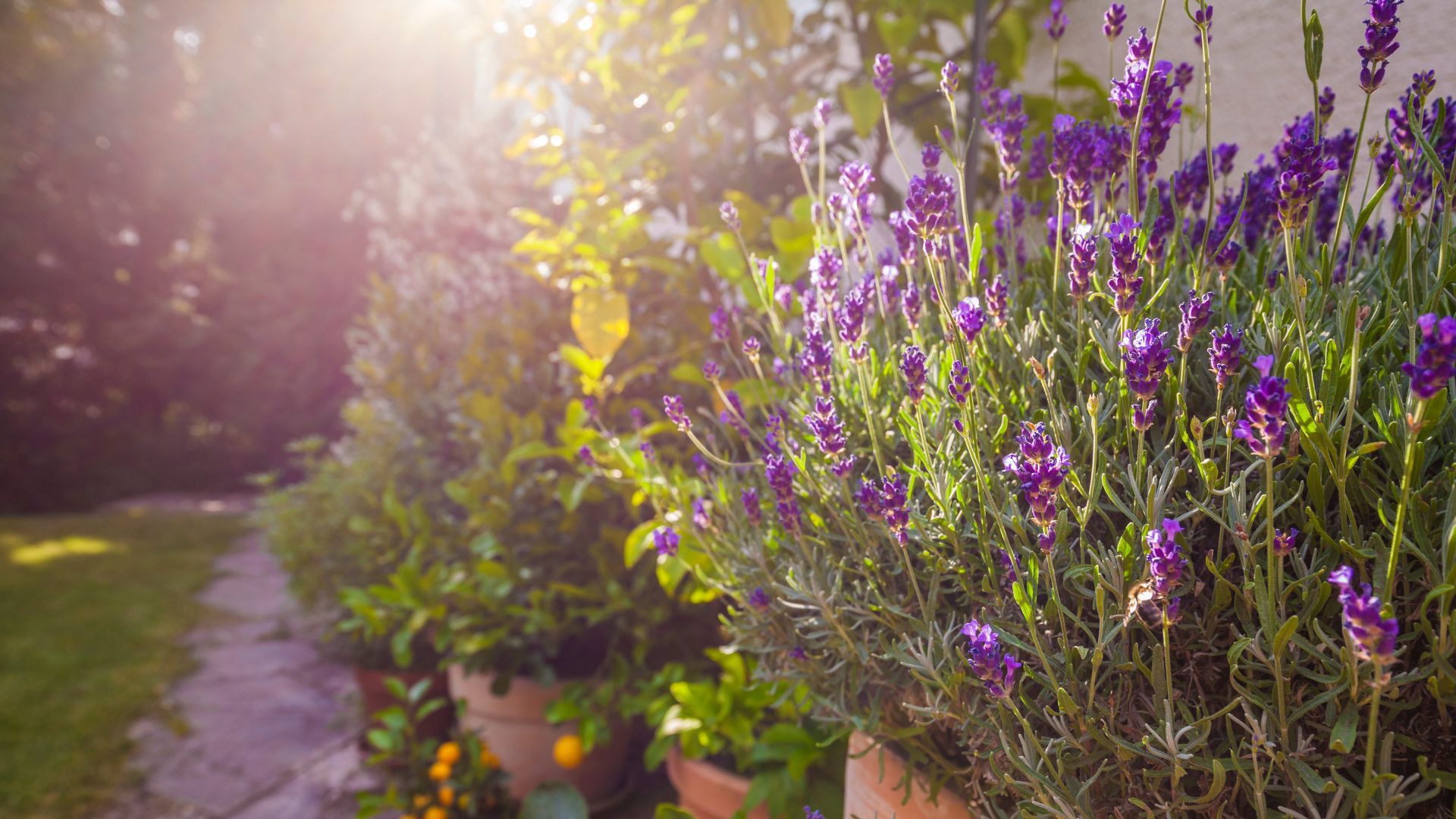

Beautiful and heavenly scented — lavender certainly has a way of brightening up a space. For me, lavender brings a sense of calm, and aside from its addicting aroma, it will fill your garden with color, too. But remember, knowing the basics of lavender plant care is essential if you want to grow these hardy buds in your backyard and give them a happy and healthy life.
Native to the Mediterranean with over 45 different types of lavender species and over 450 varieties, this plant has become a popular pick for many gardeners. From the English lavender (Lavandula angustifolia) to the French Hybrid lavender (Lavandula x intermedia) — there is a range to choose from to all a touch of elegance and a European inspired summer to your home.
But once planted, you'll need to learn and understand how to take care of these blooms. There are many questions yet to be answered, so if you're keen on understanding more about lavender plant care, be sure to read on!
How to Care for Lavender

Whether you're planting lavender in containers or growing it in beds, you'll need to learn how to properly maintain these enchanting flowers. Gardening expert, Tony O'Neill from Simplify Gardening tells us: "Lavender is a resilient and fragrant plant that thrives in well-draining soil and plenty of sunlight. It’s perfect for low-maintenance gardening, as it requires minimal water once established. Proper care ensures a healthy lavender garden that attracts pollinators and adds beauty to your space."
So what is lavender plant care and what do you need to do to get the best out of your blooms? Well, the gardening expert says you need to keep the following things in mind.
Sunlight: Tony says the first thing to keep an eye out for is the sunlight amount, "plant lavender in a spot where it receives at least 6-8 hours of full sunlight daily."
Soil: "Use well-draining soil with a slightly alkaline pH. Amend heavy clay soils with sand or gravel to improve drainage," Tony adds. Try this lavender potting soil from Walmart.
Watering: Don't skip this part as you'll need to "water young plants regularly until they are established. Once mature, lavender is drought-tolerant and should be watered sparingly to avoid root rot."
The Livingetc newsletters are your inside source for what’s shaping interiors now - and what’s next. Discover trend forecasts, smart style ideas, and curated shopping inspiration that brings design to life. Subscribe today and stay ahead of the curve.
Pruning: Tony says: "Prune lavender in early spring to remove deadwood and shape the plant. A light trim after the first flowering can encourage a second bloom." Use sharp bypass pruning scissors like these from Amazon.
Mulching: For this, the expert advises you, "mulch around the base of the plants with gravel or small stones to help keep the soil well-drained and to prevent weeds."
Should I Deadhead Lavender?

If you want eliminate spent blooms, then deadheading your lavender is the way to go — but knowing when to deadhead perennials and annuals, is the first step.
Lavender often shows signs of spent blooms in the late spring and early summer, which is the ideal opportunity to start deadheading your lavender flowers. Nikhil Arora, the co-founder of Back to the Roots, says deadheading lavender is a must — to keep the plant healthy. "The process encourages the plant to produce more flowers and keep it looking fresh," he says.
The right pruning tools are a must when deadheading your lavender and once you've got your shears at hand, you'll want to begin the deadheading process. First, find the bloom that is withering away at the top of the stem, then follow the stem back from the flower until you find a set of leaves. Once you've located the leaves, carefully cut the stem just above the set of leaves. You can repeat the steps as needed.
Removing faded flowers will give you healthy-looking leaves ready for new growth. Regular deadheading also maintains tidy border plants and prolongs the flowering season. If you don't want to use any tools, to prune your lavender plant, simply "pinch off the old/spent flowers with your fingers," says Nikhil. This is a quick and effective practice that will stimulate the plant to produce fresh flowers and grow to the best of its ability.
How Often Should I Water Lavender?

We've established that these aromatic drought-tolerant plants love to be planted in well-drained soil and love to be under the sun — but how much water do they need to keep them going?
Too little and too much water can be detrimental to your plant's overall wellbeing, so you'll need to find the right balance. It might be logical to think a plant scorching in the direct sun is in need of extra water, however, this might be doing more harm than good. Overwatering lavender can cause drooping, sodden soil and let out a rotting odor — which is far from pleasant. Nikhil also echoes the dangers of overwatering, highlighting yellowing leaves and wilting as key signs of overwatering.
To avoid overwatering, you should aim to water newly planted lavender one or twice a week. This will help the plant establish it's root system. Once your bloom is established and it has matured, you can water every two to three weeks until flowers form. You can then move onto watering one a week until you harvest your fragrant blossoms. Remember, lavender loves the sun and is not a huge fan of being overwatered, so ensure you reduce watering after blooming.
Can You Grow Lavender from Cuttings?

It's aroma and fragrant scent is pure bliss and can be quite addicting, which is why so many green thumbed gardeners and beginner gardener's love to welcome this low maintenance garden plant into their space.
If you're keen on duplicating this beauty and growing more, instead of buying another, you can actually grow more from the cutting of your original plant. Here are a few simple steps you can follow — according to a gardening expert. Andrew Laurier, plant expert from Be.Green tells us: "Lavender can be propagated from cuttings with great success." All you need to do is, "trim a 4-6 inch section of the stem just below a leaf node, dip the cut end in a rooting hormone powder to enhance rooting," he says.
Another way to help your cuttings grow and thrive is by using homemade willow water. Tony adds: "Strip the lower leaves and dip the cut end in rooting hormone before planting it in a pot with well-draining soil. Keep the soil moist, and place the pot in a warm, sunny location until roots develop."
To give your blooms cuttings the best chance of growth, you should complete this process in the summer season. Tammy Sons from TN Nursery says this will "offer much higher of a success rate than spring cutting". So what are you waiting for? Grab your tools and get to propagating.
Tips for a Healthy Lavender Garden

Now that you've established where to plant lavender, whether that's in a container or in your garden bed — you'll need to maintain its health and Tony says there are a few things you need to keep in mind in order to have a healthy lavender garden. According to the expert, these are:
Spacing: Lavender spacing is essential, Tony highlights. He says you need to "ensure proper spacing between plants (12-18 inches) to allow air circulation, which helps prevent fungal diseases."
Fertilizing: Remember, lavender doesn’t require heavy feeding, but the expert says " a light application of compost in the spring should suffice."
Pest Control: And lastly, Tony tells us "Lavender is generally pest-resistant, but keeping the plants well-pruned and maintaining good air circulation can prevent any potential issues."
FAQS
What are the common problems with lavender?

Even though lavender is known as a hardy bloom and is one of the plants that grow in poor soil — if you're overwatering your lavender, it can face some difficult moments. Some of the common problems which can effect lavender includes:
Root rot: This can occur if your flower has been planted in the wrong conditions and if they have been given too much water. If your lavender has poor drainage, your lavender plant can become waterlogged. To prevent this, ensure your plant is placed in full sun and in well-drained soil.
Lavender pests: From aphids to spittlebugs, these critters can often take over your bloom. To prevent spittlebugs, you can make a homemade garlic-pepper spray and spray onto spittle foamy areas to get rid of them. As for aphids, which most commonly attack lavender, you can use diatomaceous earth and neem oil to repel aphids.
Does lavender prefer sun or shade?
As you might expect Lavender is a sun seeker. Whilst it will tolerate some shade, it thrives as one of the best flowers for pots in full sun.
Lavender requires a minimum of six hours of direct sunlight. This is needed to give lavender the best growth and therefore produce an abundance of flowers.
Plant away with these Lavender Seeds
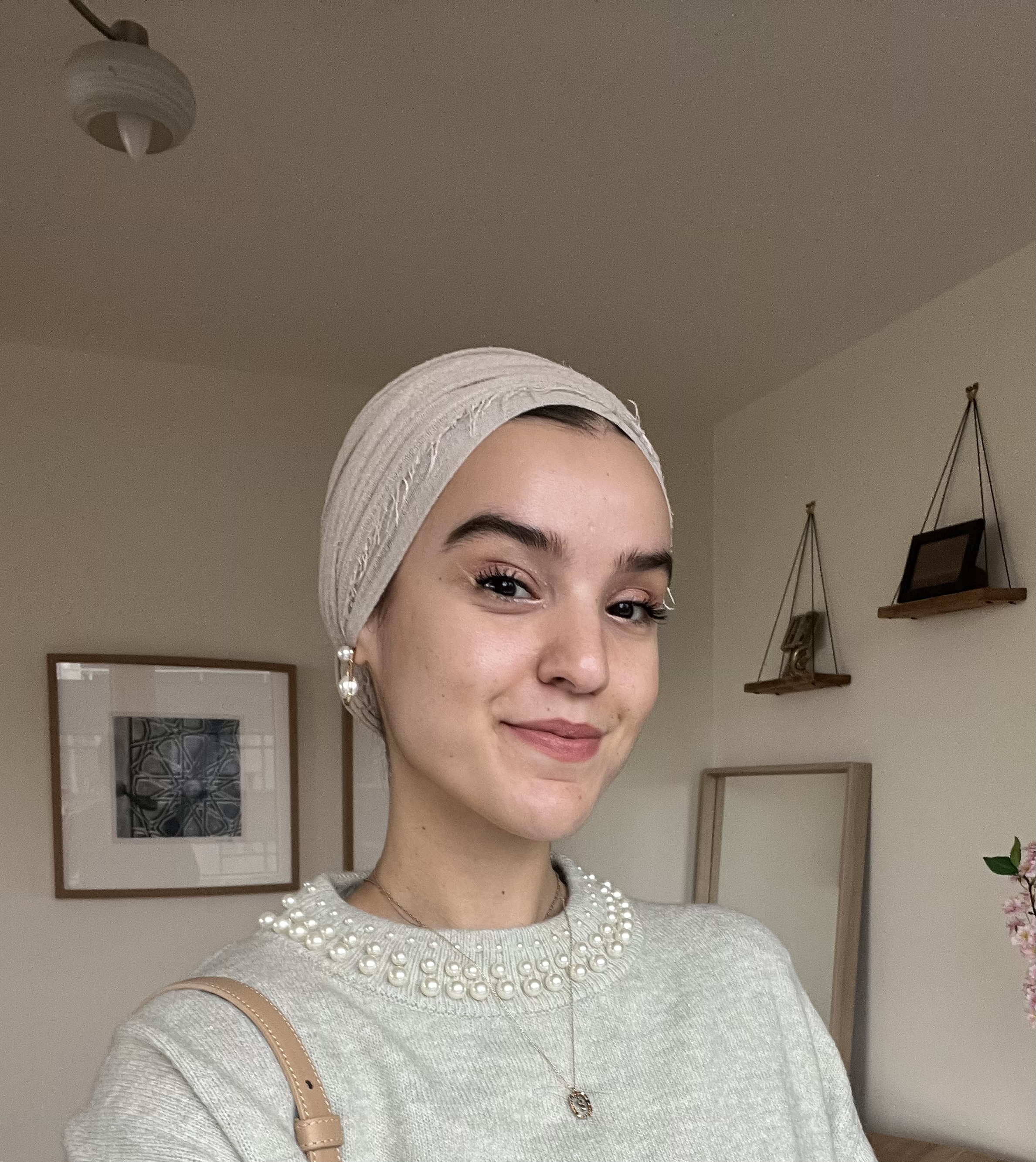
Faiza is the Renovation Editor at Livingetc. She previously worked for The Independent as a News Feature Writer, where she crafted lifestyle, entertainment, and news stories. She also worked as an Audience Editor for the newspaper for almost two years. Thriving in the busy newsroom, Faiza also spent her time crafting stories for Sky News as an SEO reporter, where she produced stories based on trending topics. Lifestyle and interior design have been areas of interest for her for some time, and as she advances in this field, she will continue to refine her skills in all aspects of design. Faiza has a background in SEO, social media, and reporting. Her passion for writing goes beyond her work as she loves all things poetry and creative writing.
